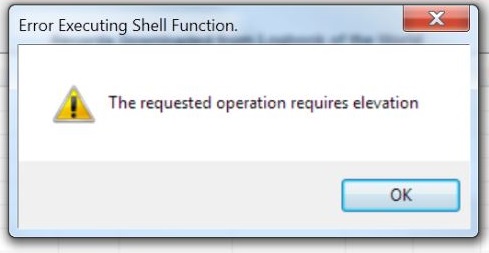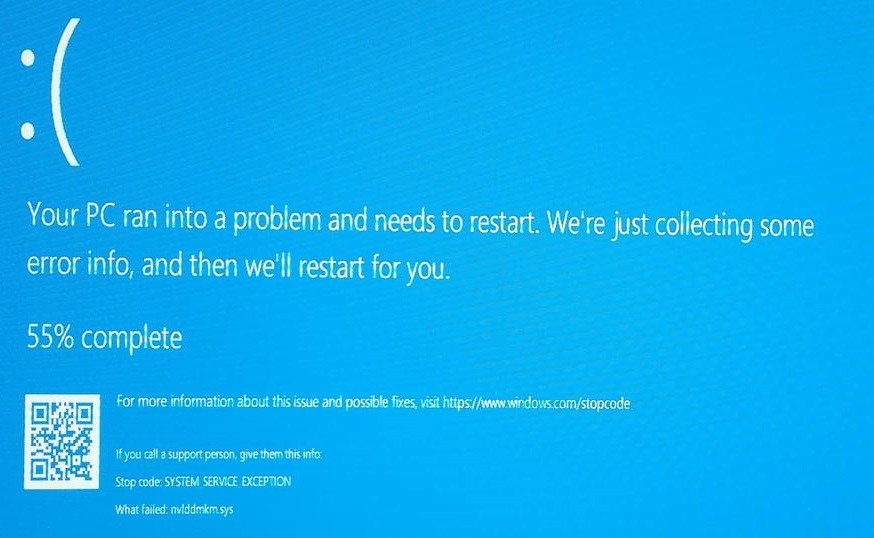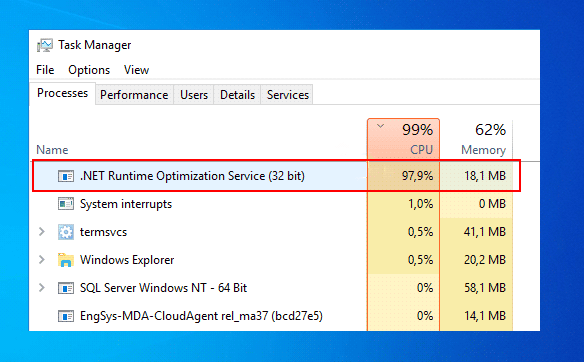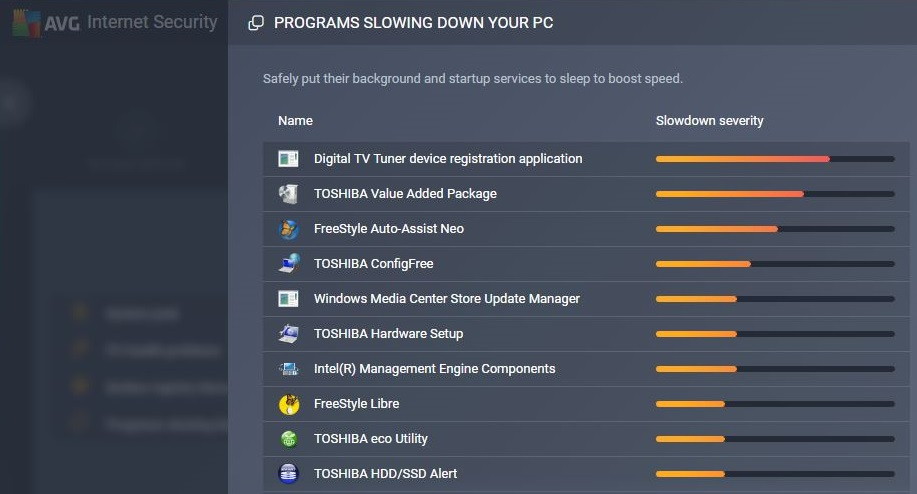A lot of improvements could be seen in the way how Microsoft has been handling its traditional operating system. The first version of windows was released in 1985 which was an extended version of Microsoft’s existing disk operating system.
Then time to time there were improvements in the operating system by launching different versions of the windows. Windows 95 that was released in 1995 integrated different features like windows DOS and including the web browser internet explorer.
In 2001 Windows XP was released that ended the term of the long term used windows 95. This version of windows became highly successful in getting appreciation from consumers, business firms etc. Then Windows Vista came in 2006.
It leads to disappointment among different parties because it was slow and a resource-consuming system due to which Windows 7 was launched and was seen as a noticeable improvement over the former.
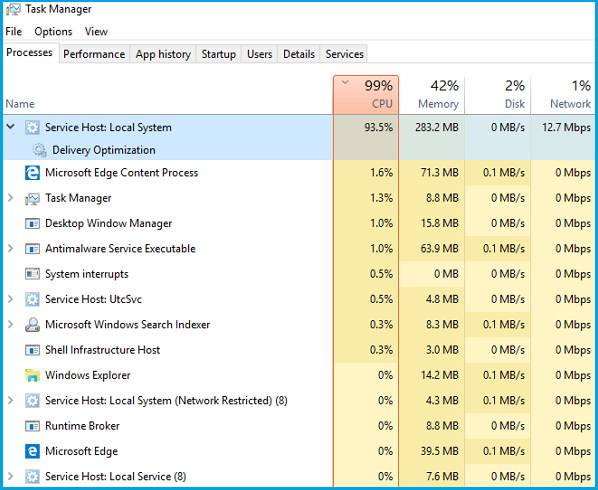
In 2008 Windows 8 was launched which started with applications titles appearing in grid form, and the latest version of the windows that we have is Windows 10.
Even after significant improvement in the traditional operating system, there are still some underlying features that date back to the XP era. Such a feature is SuperFetch which is a part of windows vista.
Read Also:
- Taskbar Showing in FullScreen
- .NET Runtime Optimization Service
- Digital TV Tuner Device Registration Application
It is a technology that stores and reads the data for the apps that we use frequently. It is beneficial for those systems running hard disk drives.
It will not beneficial for the system running solid-state drives and by default. If we detect an SSD in system applications that are not loaded. It learns the pattern of users’ usage of the apps that we use often. This feature helps in loading applications quickly and the boot time also decreases.
What is Service Host Superfetch?
When such features were introduced majority of computers had Hard disk Drives which are much slower than the solid-state drives. So this feature is essential for loading the file that we use more often.
Although SuperFetch helps in running the system more effectively and efficiently it may lead to problems also. It can cause a slowdown in the system if a system is running with weak hardware.
Sometimes it starts loading a bunch of apps before the windows load the necessary apps so if a person uses those apps then it is useful but otherwise it ends up slowing down the PC.
Since SuperFetch preloads a lot of data from the HDD to RAM so it could prove inactive. It can lead to performance issues for the system with 4GB RAM or less while gaming.
For evaluating the effect of SuperFetch on our system, it could be a little bit difficult to find when you pull up task manager because like a number of window services SuperFetch also doesn’t operate on its own rather than under a generic “Service host”.
So to find it one needs to find it by scrolling the exhaustive list of events to find “service host SuperFetch”.
Understanding the Service Host SuperFetch High Disk Usage Error
The “Service Host SuperFetch High Disk Usage” error occurs when the SuperFetch service consumes an unusually high amount of disk resources, resulting in slower system performance and responsiveness.
This issue can manifest as sluggish program launches, delayed system startup, and a generally less responsive computing experience.
Common Symptoms of the Error
Users encountering the Service Host SuperFetch High Disk Usage error may experience the following symptoms:
- Slow System Performance: The computer may become noticeably slower, with delays in opening applications and navigating the operating system.
- High Disk Activity: The task manager may show that the SuperFetch or SysMain process is using a substantial portion of the disk’s read or write capacity.
- Unresponsiveness: The system may temporarily freeze or become unresponsive for short periods, particularly during high disk usage by SuperFetch.
- Delayed Boot Times: The error can extend the time it takes for the computer to boot up, as SuperFetch loads data into memory during startup.
Causes of the Service Host SuperFetch High Disk Usage Error
Several factors can contribute to the Service Host SuperFetch High Disk Usage error. Identifying the underlying causes is crucial for effective resolution. Common causes include:
- Insufficient RAM: If your computer has limited RAM, SuperFetch may aggressively load data into memory, causing high disk activity when trying to accommodate all the preloaded data.
- Corrupted System Files: Corrupted or damaged system files can disrupt SuperFetch’s ability to function correctly, leading to high disk usage.
- Aging Hard Drive: Mechanical hard drives, especially older ones, may experience slower read and write speeds, which can exacerbate high disk usage by SuperFetch.
- Conflicts with Third-Party Software: Some third-party applications or services may conflict with SuperFetch, causing it to consume excessive disk resources.
- Large Software Updates: Large software updates or installations can trigger SuperFetch to pre-load extensive amounts of data, leading to high disk usage.
How to Fix Service Host Superfetch High Disk Usage
Method 1: Disable the Registry
Although SuperFetch improves the performance of the system still you can disable it. Disabling SuperFetch really does not have an effect other than slowing down your PC. But if the users face some issues such as high HDD usage, high RAM usage.
Then you could turn it off. One can disable the SuperFetch in window services by following some steps:
Step 1: Hold the Windows Key, while pressing “R” to bring up the Run dialog box.
Step 2: Type “services.msc”, then press “Enter”.
Step 3: The Services window displays. Find “Superfetch” on the list.
Step 4: Right-click “Superfetch”, then select “Properties”.
Step 5: Select the “Stop” button if you wish to stop the service.
Alternative Method to Disable the Registry
Similarly one can also disable from the registry by following some steps:
Step 1: Hold the Windows Key, while pressing “R” to bring up the Run dialog box.
Step 2: Type “Regedit”, then press “Enter”.
Step 3: The Registry Editor window appears.
Step 4: On the right side, double-click on “Enable SuperFetch”.
Step 5: Give “EnableSuperfetch” one of the following values: …
Step 6: Select “OK”.
Read Also:
Conclusion
SuperFetch has played a vital role ever since vista employed this technology. This technology helps in better utilization of the RAM. Since it keeps track of all those applications that the users use most often.
So, it prepares a database and keeps on updating it from time to time. Because of SuperFetch as the system starts, it starts preloading the favorite applications of the users and loads those apps more quickly.
RAM has a volatile environment because a lot of applications struggle to get space in RAM. SuperFetch helps in solving this problem out by classifying applications into two categories as I/O high priority applications and I/0 low priority applications so with this SuperFetch sidelines low priority applications for some time.
Although it is a useful feature unless it makes your computer annoying to use. So it varies from user to user to enable or disable SuperFetch depending on the needs of different users.
